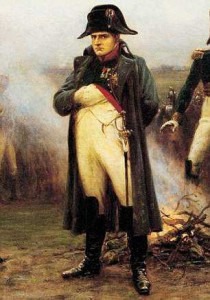
Napoleon Bonaparte
Credit: http://history-is-not-boring.com/
Pauer’s key characteristics for E flat major is that it is “the key that boasts the greatest variety of expression. At once serious and solemn, it is the exponent of courage and determination, and gives to the piece a brilliant, firm and dignified character.” He goes on to say “It may be designated as eminently a masculine key.”
This is the first key to which Pauer gives a gender designation!
When we look over the classical repertoire in E flat major, we quickly can hear what Pauer was referring. Within Beethoven’s works, we have the Eroica Sympony and the Emperor Concerto. The Eroica symphony, famously, was initially dedicated to Napoleon Bonaparte as a model of the ideals of the French Revolution, but when Beethoven found out that Bonaparte had crowned himself emperor, Beethoven, literally, tore Bonaparte’s name off the title page. In 1806, the score was published with the note that it was “composed to celebrate the memory of a great man.”
Beethoven: Symphony No. 3 in E-Flat Major, Op. 55, “Eroica”: I. Allegro con brio (Leipzig Gewandhaus Orchestra ; Kurt Masur, cond.)
Mozart’s association with Freemasonry and its emphasis on three and triple make E flat major a particularly appropriate key, since E flat major has three flat signs in its key signature. The perfect work for this key, then was his final opera, Die Zauberflöte, which, with its overabundance of triples has become emblematic of Mozart and the Freemasons. We have the Queen of Night’s 3 Ladies, the 3 boys who provide guidance, the 3 trials the hero and heroine have to undergo, and, starting with the Overture, the three great chords that start the work.
Mozart: Die Zauberflöte (The Magic Flute), K. 620: Overture (London Classical Players; Roger Norrington, cond.)
We also have all of Pauer’s characteristics: serious, courageous and with a brilliant character.
What pieces do you think should be added here? Keep in mind that the piece should date from before 1876, when Pauer’s book was published. Another guideline might be to note the relatively small list of composers he gave as examples: Haydn, Mozart, Beethoven, Mendelssohn, Schubert Rossini, Weber, and Spohr – all stalwarts of German classicism / romanticism.

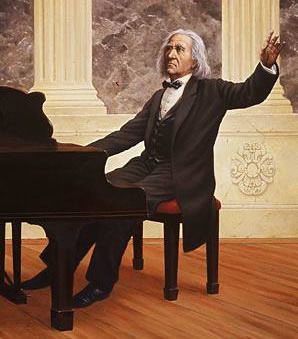
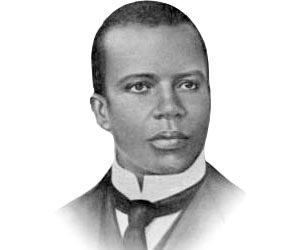
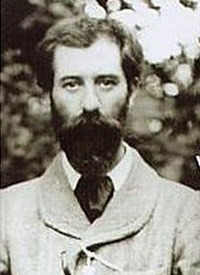
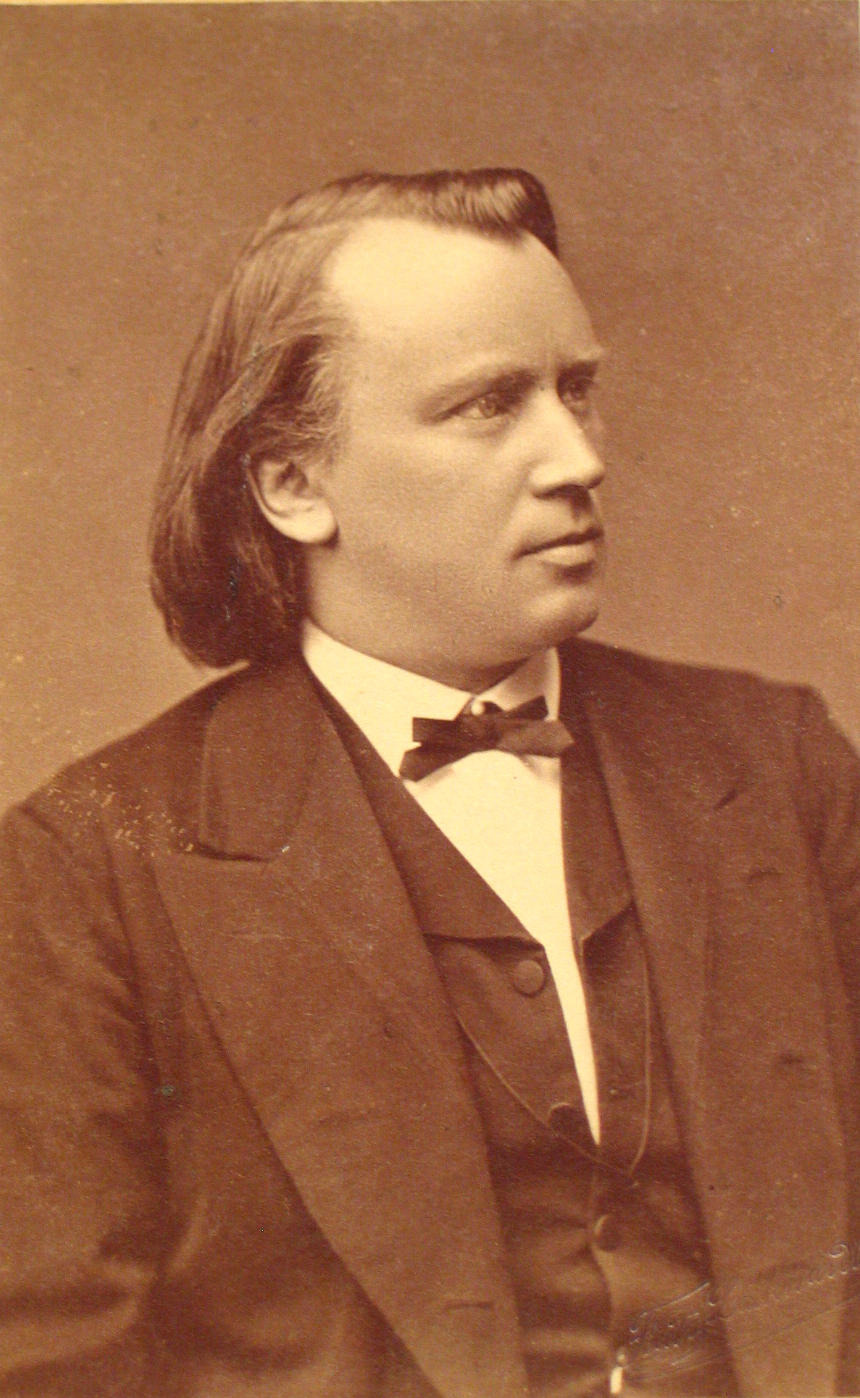



Bach’s Praelaudium and Fugue in Eb, BWV 552. Play it loud.
Beethoven’s “Emperor” Piano Concerto
My recently rediscovered, “Violin Concerto No. 6 in E-flat Major, K. 268” by Mozart. It is certainly both vibrant, “brilliant, firm and dignified.” I am listening to a performance by Reinhard Goebel with Mozarteumorchester Salzburg and it a wonderful discovery. To have finished the first movement, I wonder how it could have been lost to me for so long. In the second movement, it has a presence that could be compared to Beethoven’s Piano Sonata No. 14 in C-sharp minor, Op. 27, No. 2, I. Adagio sostenuto (specifically the story draws a deep emotion). It closes in a third movement that sustains radiance present in the first movement with the vibrance joining the tumult of the second movement; they join for an uplifting enlightening resolution, success and wonderfully performed.